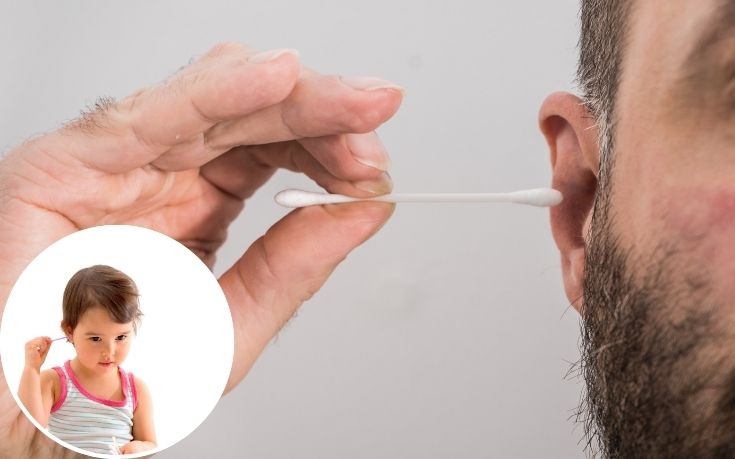Surya Namaskar For Heart Health : Reap Benefits Of Yoga And Aerobics With Sun Salutation
Sun Salutation, also known as Surya Namaskar, is a classical yoga exercise comprising twelve dynamic yoga postures. This dynamic exercise is not just a complete workout session but also plays an effective role in keeping one’s heart healthy. Integrating the goodness of yoga with an aerobics exercise, Surya Namaskar becomes superlative for attaining cardio fitness and a lot more. Surya Namaskar The Surya Namaskar is an effective set of twelve yoga asanas performed in series. Each pose integrates the following one so that it emanates from the already achieved pose. Therefore, it successively serves to increase flexibility, strength, and endurance. It involves the poses of Pranamasana, Hasta Uttanasana, Adho Mukha Svanasana and a lot more. Cardiovascular Effects of Surya Namaskar Aerobic Exercise A faster-paced Surya Namaskar can be considered high-intensity aerobic exercise. Moving continuously in such a flow will elevate both the heartbeat and the breathing rate, which can have benefits similar to other cardio activities such as brisk walking, running, or cycling. It enhances cardiovascular endurance and the heart muscle with regular practice. Better Blood Circulation The sequence of postures in Surya Namaskar encourages deep and rhythmic breathing, enhancing the oxygenation process in the blood. Through improved circulation, oxygen and nutrients proliferation happens efficiently to the heart and crucial organs. This well-circulated blood helps maintain the overall health of the heart and controls high blood pressure levels. Calorie Burning and Weight Management Surya Namaskar burns vast amounts of calories, hence a tremendous help in managing weight. A well-maintained healthy weight minimizes the risk of heart disease. The number of calories that a Surya Namaskar burns hence contributes to the healthy body weight; hence it minimizes the heart’s struggle . Heart Stress Management and Stress Reduction in the Human Body De-stresses Certainly, chronic stress is a predictor of heart disease. The mindful breathing and movement in Surya Namaskar help you relax and cause the levels of the stress hormone to drop. Regular practice makes anxiety levels decrease and helps in gaining mental clarity, which indirectly impacts and benefits heart health by reducing the strain on the heart due to stress. Enhanced Flexibility and Muscle Strength Each pose of Surya Namaskar stretches the different muscle groups and strengthens them. This will increase not only the overall flexibility but also build muscular strength. Powerful muscles support improved cardiovascular performance and decrease the load on the heart in terms of workload while performing various physical routines Start Slowly and Build Up Intensity As a beginner, it is highly important to practice a few rounds of Surya Namaskar first and increase the number later on with the improvement in your stamina. It can be done consistently and built up to 12 rounds or more. The gradual increase helps condition the heart and improves cardiovascular fitness without overexerting source. Combine with Other Cardiovascular Activities Bring in more cardiovascular activities like brisk walking, jogging, or cycling to reap the most from the aerobic aspect. Incorporating Surya Namaskar into an all-rounded routine can help derive full cardiovascular benefits from these activities alone. The Science Behind Surya Namaskar Many studies prove how effective Surya Namaskar is for cardiovascular health. Regular practice, as proven by research, improves heart rate variability and respiratory function besides enhancing overall cardiovascular efficiency. These scientific findings support the traditional claims of the benefits of Surya Namaskar for keeping the heart healthy and fit and also provide a viewpoint about overall well-being. Welcome Surya Namaskar for a Healthy Heart If done with regularity, Surya Namaskar can be considered a fine cardiovascular workout exercise. Anchored in holistic wellness, this ancient practice is a heady cocktail of aerobic exercise combined with mindful yogasana for improving cardiovascular fitness, reducing stress, and being healthy. Start slow, stay consistent, and mix it up with your other cardiovascular activities to get the most out of Surya Namaskar in keeping your heart healthy and fit for years. Turn to the power of Sun Salutations and may its mantras light your way to an infinitely more heartful way and equilibrium of life.










